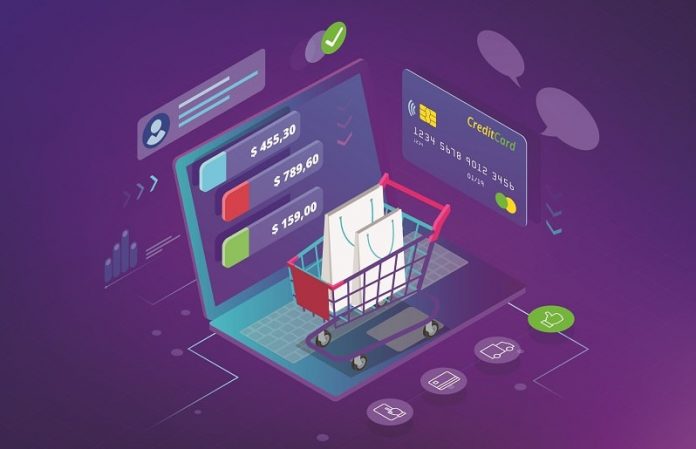By Michelle Deery
The eCommerce world is dog eat dog, with 8 out 10 stores failing. That’s an alarming statistic, but while there’s a lot you can do as a store owner to stand out from the crowd to survive and thrive, one thing you might not have considered yet is analytics.
In a nutshell, analytics let us monitor how well our store is performing so that we can make tweaks. We can use data to double down on what’s working, eliminate what isn’t working and spot trends before it’s too late.
Without access to your store’s analytics, you won’t have access to data that shows you what you need to do to improve your success. In other words, you’ll find it difficult to have exponential growth.
Which analytics should should eCommerce store owners collect and analyze? Let’s take a closer look.
Audience
What do you really know about your audience? If the answer is “not much”, it’s high time that you got better acquainted.
Audience data gives you valuable insights into their demographics, including income, occupation, gender and age. Once you’ve got this data, you can then start to work out a more effective marketing strategy that better targets your core audience with the content – and products – that they want.
Audience data also holds a magnifying glass up to how they’re accessing your store – for example, mobile or desktop. This will help you make better decisions about how to display your content across your devices.
Check out Google Analytics to find this type of data as it has a great Audience segment.
Acquisition
Big question: Where are your conversions and sales coming from? Are they coming from Google? Or are they coming from social media?
When you analyze customer acquisition data, you can see exactly which channels are converting best for you – and then you can double down on them.
It’s important that you understand why a particular channel is performing well for you, and why another channel isn’t.
For example, perhaps that building backlinks for SEO is generating higher traffic to your website. This may have resulted in the collection of the majority of your leads. You can then launch another link building campaign, such as guest blogging.
It can also be the little things that make the difference, such as the placement or the strength of your CTAs, or even your logo. A logo is key because it’s often what customers connect to emotionally when they think of your brand. A well-placed logo on your channels could be the difference between a conversion gained or lost.
But it isn’t simply a matter of positioning; it’s also a matter of having a logo that looks good, one resonates with your audience. Matthew Woodward did some split testing on this and found that logos can have positive and negative effects on conversions.
If you don’t have a logo yet, or if yours isn’t up to scratch, Shopify have a cool logo maker. It lets even novices create a stellar logo for their store in a matter of minutes.
Conversions
This is a key analytic that you need to start monitoring more closely if you aren’t doing so at the moment. Conversions are where the money is.
A conversion happens when It’s when a customer takes the action you want them to, such as purchasing your product or service.
One of the metrics you need to monitor is how many touchpoints it takes a shopper to convert into an actual paying customer. Does it take just one visit, or do they need numerous visits before they’re finally convinced enough to make a purchase?
Once you know this kind of information, you can then start working out a marketing campaign that targets customers at each stage of the customers journey.
It’s also important that you know how much revenue your store receives per each transaction. Then, you can use this data to experiment with things like removing shipping costs after a customer spends X amount of money to boost your eCommerce stores sales.
Social Media Analytics
The likes of Facebook can generate a lot of interest in your store (as well as a lot of sales and thus cash). But you’re just leaving money on the table if you don’t track your store’s performance across each social platform.
Facebook has its own Facebook Page Insights that lets you track all kinds of analytics, from engagement on specific posts to how well your ads are performing.
Twitter has its own analytics too, although they’re not as in-depth as Facebook.
Track your social media metrics so that you’re not wasting time money on the wrong ads, the wrong content, images, CTAs and so on.
You can check out the Facebook Analytics tool here.
Conclusion
Tracking analytics is time consuming, but it’s important. Once you start monitoring these metrics, you’ll also need to start experimenting before checking on them again to see what’s working and what isn’t, and where the real problems lie. Don’t worry, over time you will get there.
Michelle Deery is a content marketer and writer for Heroic Search, a SEO agency based in Tulsa. She advises eCommere store owners on how to make the best use of their resources to grow their business.
ecommerce stock photo by Golden Sikorka/Shutterstock







